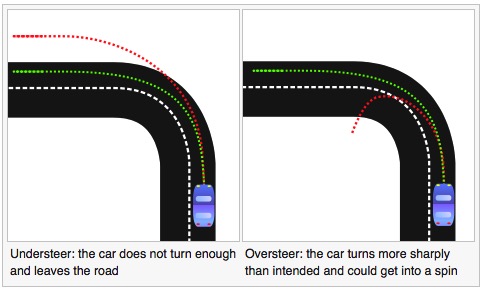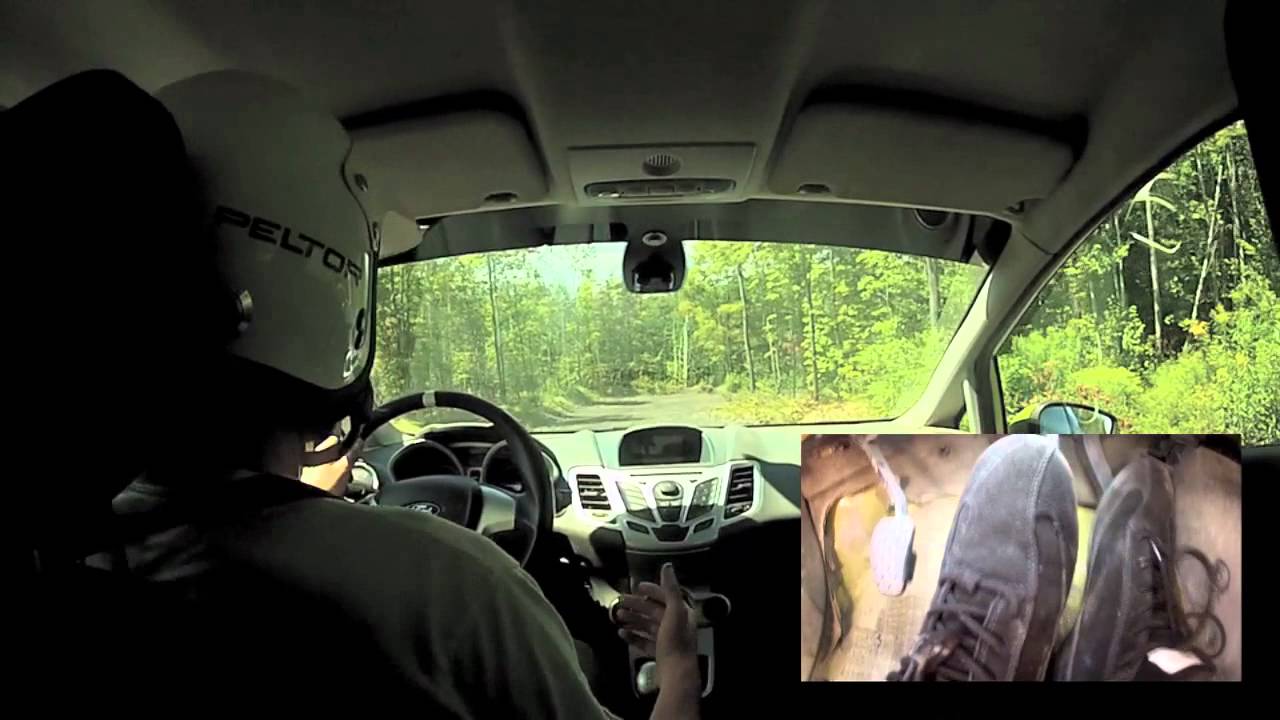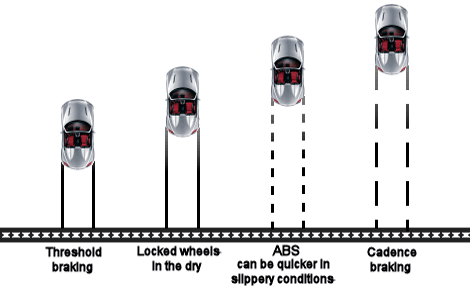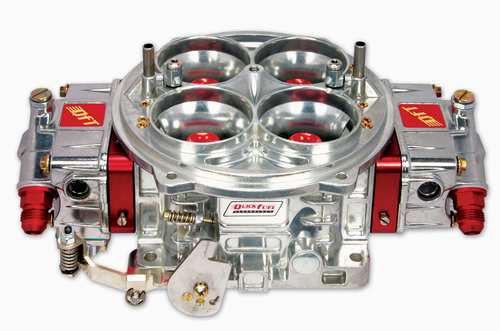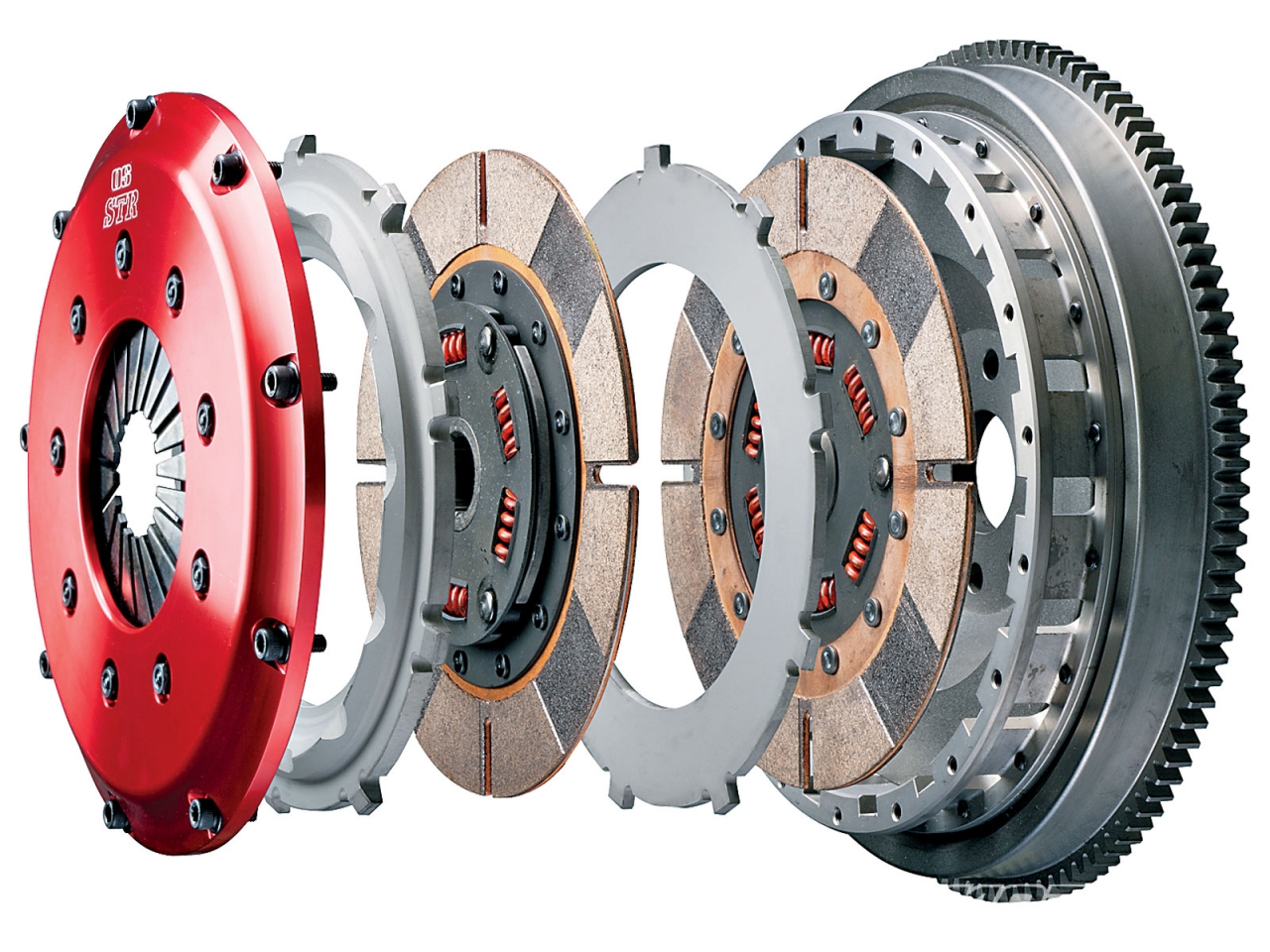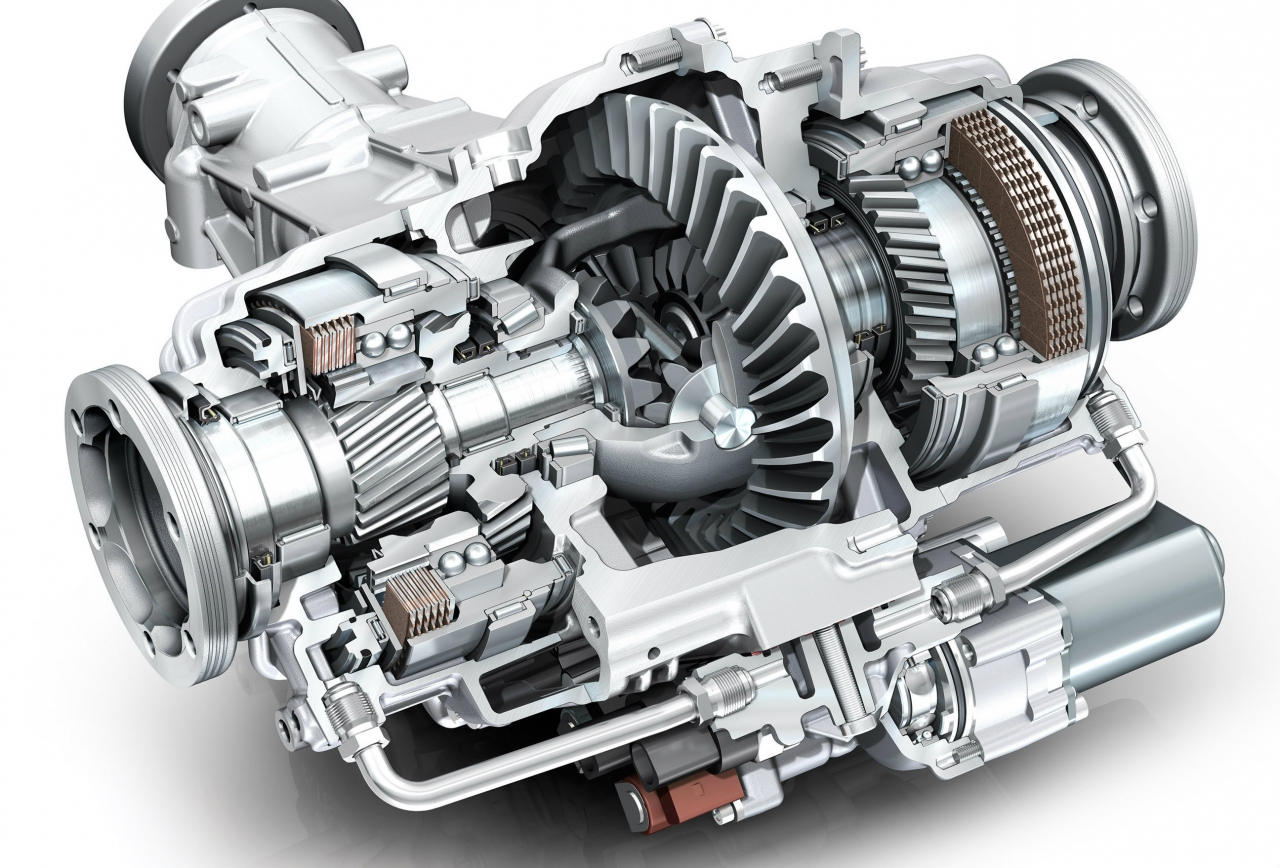A vacuum servo is a component used on motor vehicles in their braking system, to provide assistance to the driver by decreasing the braking effort. In the US it is commonly called a brake booster.
Understeer and oversteer are vehicle dynamics terms used to describe the sensitivity of a vehicle to steering.
Left-foot braking is the technique of using the left foot to operate the brake pedal in an automobile, leaving the right foot dedicated to the throttle pedal.
Cadence braking or stutter braking is an advanced driving technique that involves pumping the brake pedal and is used to allow a car to both steer and brake on a slippery surface.
An anti-lock braking system or anti-skid braking system (ABS) is an automobile safety system that allows the wheels on a motor vehicle to maintain tractive contact with the road surface.
A spark plug (sometimes, in British English, a sparking plug, and, colloquially, a plug) is a device for delivering electric current from an ignition system to the combustion chamber of a spark-ignition engine
A carburetor (American and Canadian spelling), carburator, carburettor, or carburetter (Commonwealth spelling) is a device that blends air and fuel for an internal combustion engine.
A clutch is a mechanical device that engages and disengages the power transmission, especially from driving shaft to driven shaft
A naturally aspirated engine is an internal combustion engine in which air intake depends solely on atmospheric pressure and which does not rely on forced induction through a turbocharger or a supercharger.
A limited-slip differential is a type of automotive differential gear arrangement that allows for some difference in angular velocity of the output shafts, but imposes a mechanical limit on the disparity.







